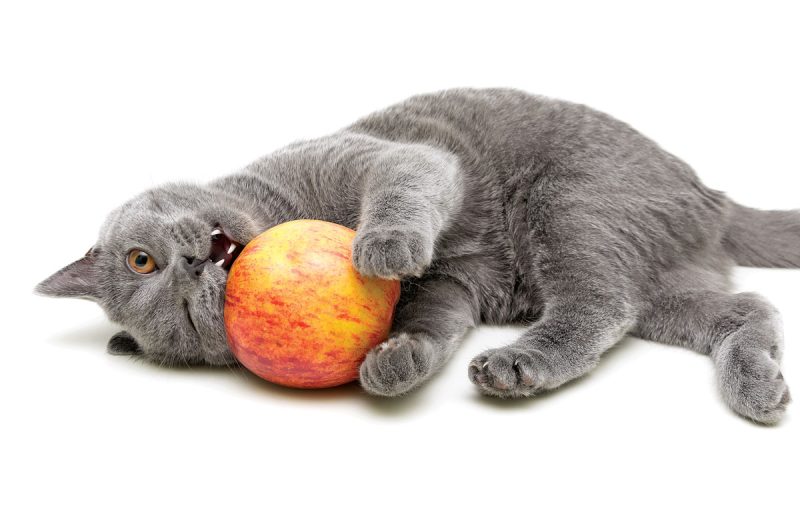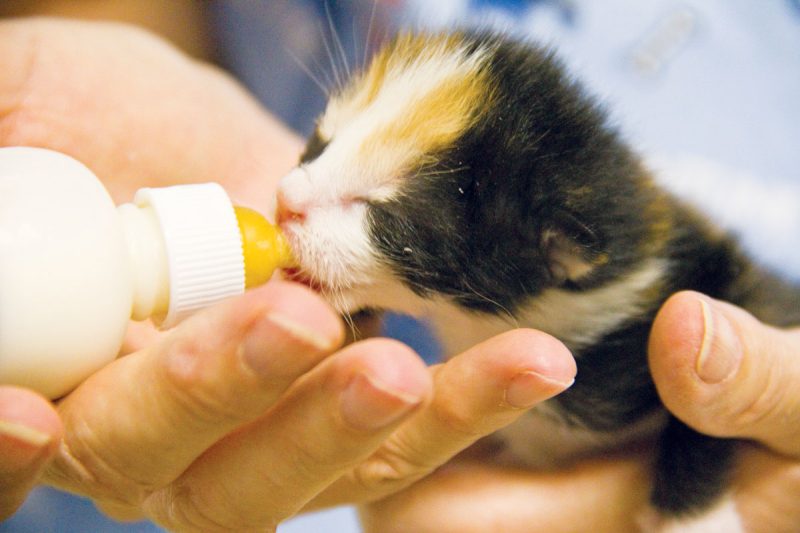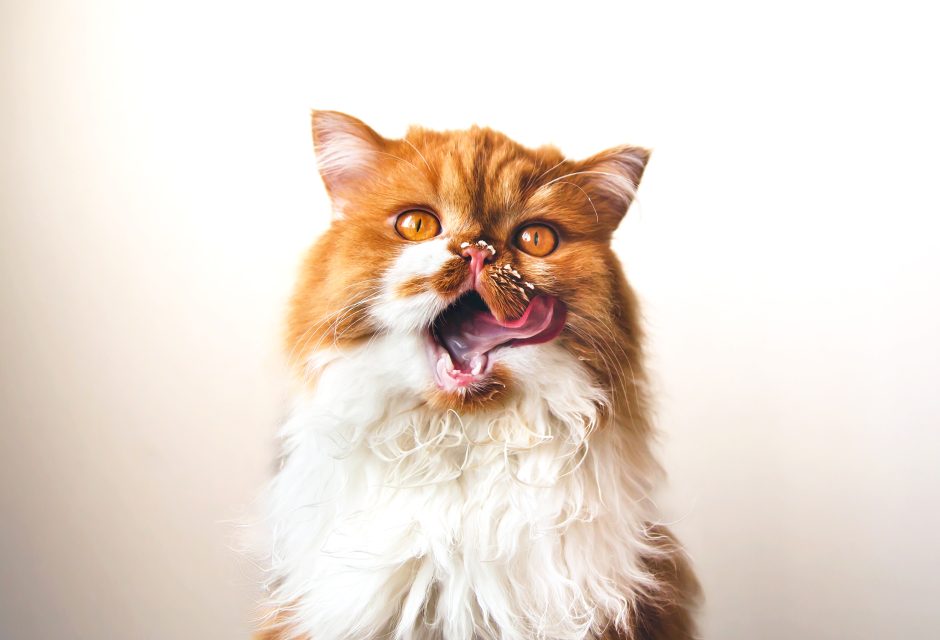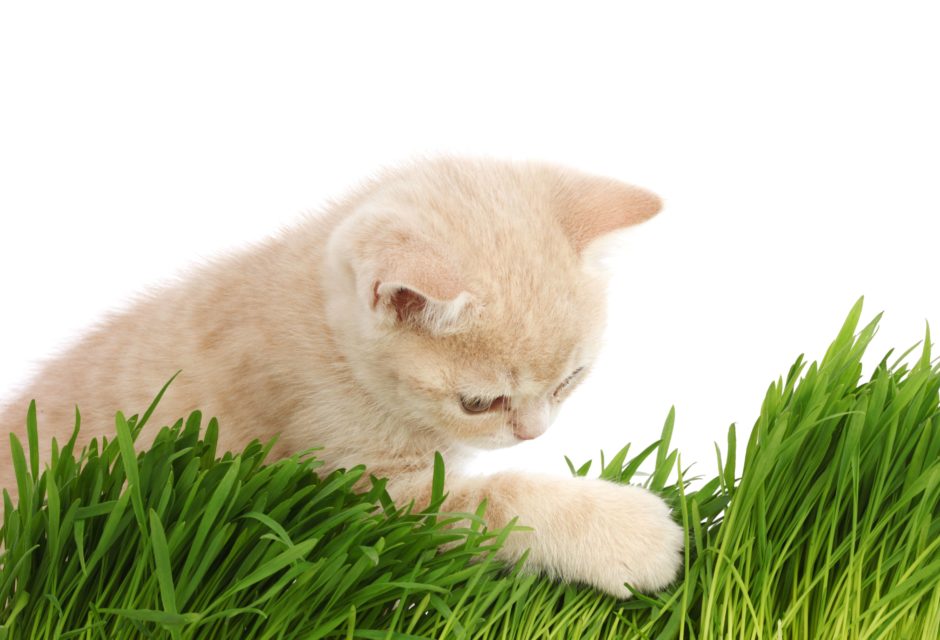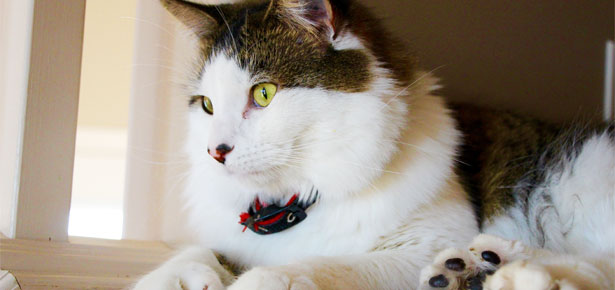

Hyperthyroidism in Cats
Signs and treatment of the disease
As a pet owner, it is important to know your cat’s normal behavior to recognize subtle changes that may lead to serious health issues. For example, weight loss, an increased appetite, and thirst that progress over time could be a sign of hyperthyroidism—the most common endocrine disorder in middle-aged and older cats. Noticing behavioral and physical changes in your cats early on may help protect them from more serious health complications that arise from diseases such as hyperthyroidism.
Feline hyperthyroidism is caused by the excessive production of thyroxine—a thyroid hormone better known as T4—in the bloodstream. This excess production of T4 is usually the result of a non-cancerous disease in the thyroid gland. Since thyroid hormones control the body’s metabolism and affect nearly every body system, increased levels of thyroid hormone result in an increased metabolic rate—which can result in an increased thirst and appetite.
Dr. Johanna Heseltine, clinical assistant professor at the Texas A&M College of Veterinary Medicine & Biomedical Sciences, explained the signs of feline hyperthyroidism. “Initially the signs may be subtle, but they can progressively worsen over time,” she said. “The most common signs are weight loss, increased appetite, thirst, and urination. Some cats experience vomiting and/or soft stool, and others may become hyperactive and more vocal than usual. Left untreated, hyperthyroidism can lead to more serious complications like high blood pressure and heart disease.”
Hyperthyroidism affects all breeds of cats and typically occurs in cats that are eight years of age or older. Once diagnosed, there are a few different treatment options available. One option is radioactive iodine therapy, which is often considered the treatment of choice since it is usually an effective treatment. “In this treatment, radioactive iodine is given as a single injection under the cat’s skin,” Heseltine said. “The iodine is taken up into the thyroid gland, where it destroys the diseased tissue.”
A second treatment option is a medication called methimazole, which blocks the release of T4 from the thyroid glands. This treatment is effective, but it is not a cure, so the medication must be administered for the remainder of the cat’s life. As with any drug, there are possible side effects, so blood work must be monitored over the course of treatment.
A third treatment option is a prescription diet designed to manage feline hyperthyroidism. “This can be a good option if the cat enjoys this diet,” Heseltine said. “However, this diet must be fed exclusively which may be difficult in a home with multiple pets.”
Finally, a fourth option is the surgical removal of the thyroid gland. If your feline friend is classified as a senior pet and has other health problems, this may not be the best option. “A disadvantage of surgery is that it requires anesthesia, and there may be added risk in an older cat that has heart disease or kidney disease,” Heseltine said.
Monitoring your cat’s regular eating, drinking, and urination and defecation patterns can help detect feline hyperthyroidism. Subtle changes should be monitored closely to ensure they do not progress into more serious health complications. If you think your cat may be experiencing signs of hyperthyroidism, visit your veterinarian as soon as possible.
Join the newsletter and never miss out on cat content again!
"*" indicates required fields
By clicking the arrow, you agree to our web Terms of Use and Privacy & Cookie Policy. Easy unsubscribe links are provided in every email.





